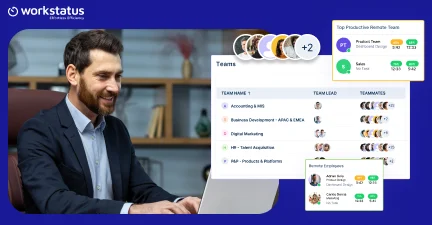Table of Contents
Introduction
As the driving force behind every successful organization, you understand that employee satisfaction is pivotal in maintaining a productive and thriving work environment.
An actively involved workforce can effectively make and save your company, as shown by the following statistics concerning the return on investment for employee engagement.
- The performance of companies with happy employees is 20% higher than that of their competitors.
- Engaged teams generate 21% more profit than disengaged ones.
- A 10% increase in employee engagement can boost profits by $2,400 per employee a year for employers.
These statistics demonstrate why it is important to measure employee satisfaction so that you can take measures to ensure your employees are engaged and content in their work.
However, measuring employee satisfaction is not always easy. That’s why we created this comprehensive guide to help you measure and improve employee satisfaction.
In this guide, we’ll explore various aspects of employee satisfaction, such as:
- What is employee satisfaction?
- Benefits of high employee satisfaction
- Correlation between employee satisfaction and productivity
- Methods for measuring employee satisfaction
- Ways to improve employee satisfaction
By the end of this guide, you’ll have a deeper understanding of employee satisfaction and all the knowledge and tools needed to measure it effectively.
Let’s get started!
What Is Employee Satisfaction?
Employee satisfaction is the emotional state of:
- Contentment
- Happiness
- Fulfillment
Of employees’ experience in their work environment.
It’s more than just a smile on a Monday morning – it’s a profound sense of well-being that resonates throughout an individual’s professional journey.
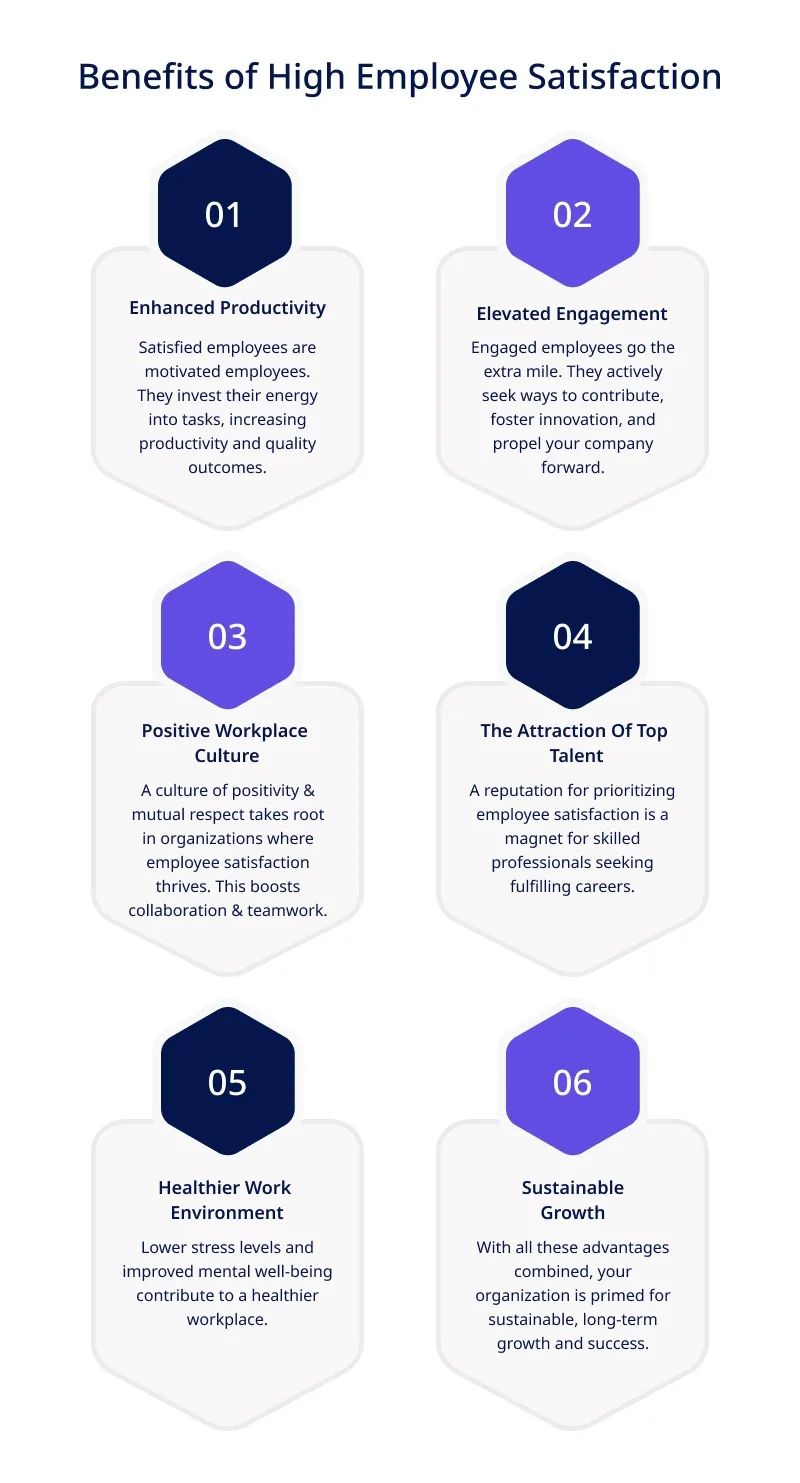
Bridging the Gap: How Employee Satisfaction Drives Productivity
What Studies Tell Us:
A study by Gallup discovered that highly engaged teams boast a remarkable 21% increase in profitability. That’s not just a statistic; it’s a testament to the transformative power of employee engagement.
Why It Matters:
For HR managers, this correlation is golden. Engaged employees are 59% less likely to look for new job opportunities.
When satisfaction fuels engagement, your organization sustains a workforce that’s motivated, loyal, and dedicated to contributing their best.
A Win-Win Situation:
The beauty of this relationship lies in its reciprocity. As HR Managers cultivate a satisfying work environment, employee engagement naturally flourishes.
Conversely, engaged employees contribute to a positive work atmosphere, nurturing peer satisfaction.
How It Makes The Magic Happen:
- Amplified Productivity: Engaged and satisfied employees willingly go the extra mile, boosting team productivity and efficiency.
- Innovative Mindset: Satisfied employees are open to new ideas and collaborations, fueling innovation and creative problem-solving.
- Resilient Culture: A satisfied and engaged workforce is better equipped to handle challenges, fostering resilient and adaptable company culture.
Measuring Employee Satisfaction: Effective Methods
Employee Surveys:
Employee surveys are a standard method to gather feedback directly from employees.
The survey should include a mix of quantitative and qualitative questions to comprehensively understand their satisfaction levels.
Here’s a sample question:
- On a scale of 1 to 5, how satisfied are you with your current workload?
- What aspects of your job do you find most satisfying?
- Are there any areas in your work that you find challenging or unsatisfactory?
- How satisfied are you with the communication within the team and organization?
- Do you feel recognized for your contributions?
We’ve crafted a template for an employee satisfaction survey that you can utilize to design your upcoming survey.
Analyzing Survey Data With Workstatus
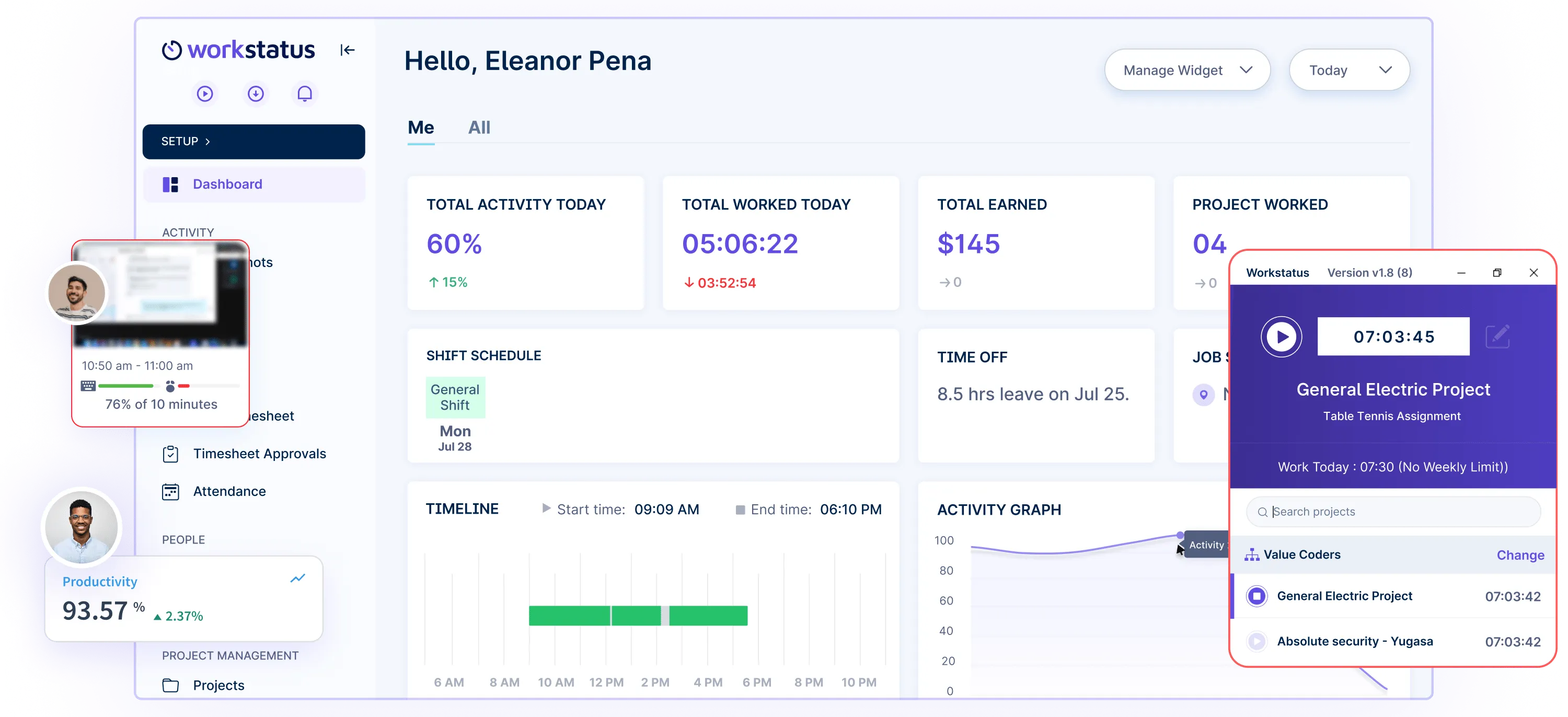
- Visualize Trends: Use graphs and charts to identify patterns and trends in employee feedback.
- Segment Data: Analyze data based on departments, roles, or other criteria to pinpoint specific areas of concern.
- Historical Comparisons: Compare current survey results with past surveys to track improvements or setbacks.
These are important steps to consider when evaluating your employees’ work situation.
It can be difficult to know where and how to improve if you don’t take the time to evaluate what your employees are experiencing and what areas need improvement.
Time Tracking & Work Patterns:
![]()
Efficiency and balance are significant in measuring employee satisfaction for HR managers. Workstatus offers a powerful way to understand employee satisfaction through time tracking and analysis of work patterns.
- Understanding Workload Dynamics: HR managers can understand how employees allocate their time across tasks by analyzing time-tracking data. This insight allows for a fair distribution of responsibilities, preventing burnout.
- Promoting Flexibility: Work patterns analysis showcases when employees are most productive, aiding in creating flexible work arrangements. Such adaptability enhances job satisfaction and also acknowledges individual performance.
- Identifying Productivity Peaks: Recognizing peak productivity periods allows HR managers to align tasks and important projects accordingly. When employees tackle tasks during their optimal hours, job satisfaction naturally rises.
Elevate Employee Satisfaction Strategically With Activity Monitoring
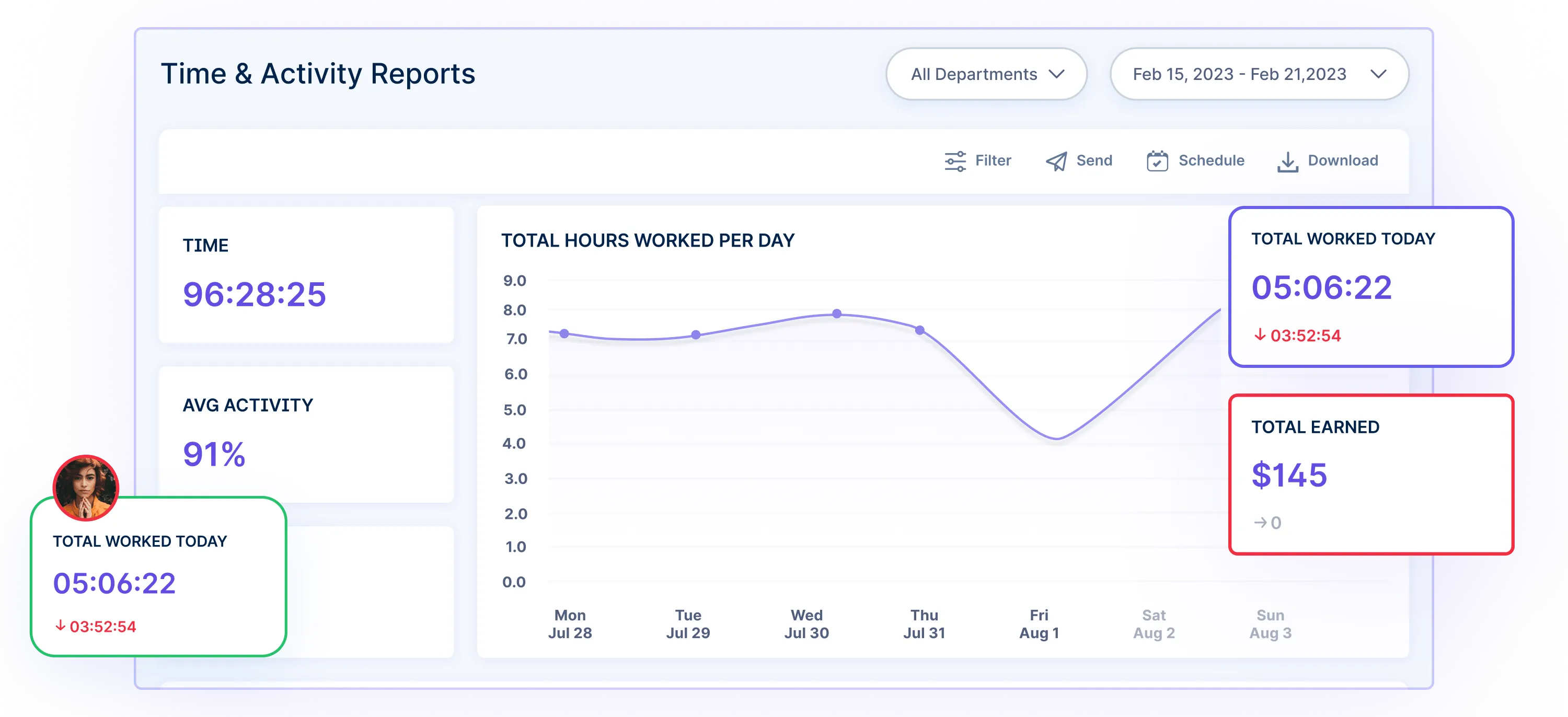 When measuring employee satisfaction for HR Managers, Workstatus activity monitoring proves to be an invaluable tool.
When measuring employee satisfaction for HR Managers, Workstatus activity monitoring proves to be an invaluable tool.
With a positive and professional approach, this monitoring empowers HR managers to gain insight into employee productivity.
- Holistic Understanding: Workstatus provides a dynamic view of employees’ engagement with tasks & projects. It’s not about oversight but understanding work patterns and optimizing them for satisfaction and success.
- Proactive Support: By identifying workflow bottlenecks through activity monitoring, HR managers can offer proactive support, ensuring employees have the resources they need for seamless productivity.
- Engagement Amplified: When employees know their efforts are acknowledged and supported, their engagement soars.
Workstatus activity monitoring aids HR managers in creating an atmosphere where employees feel valued and empowered.
Enhancing Satisfaction Through Project Monitoring
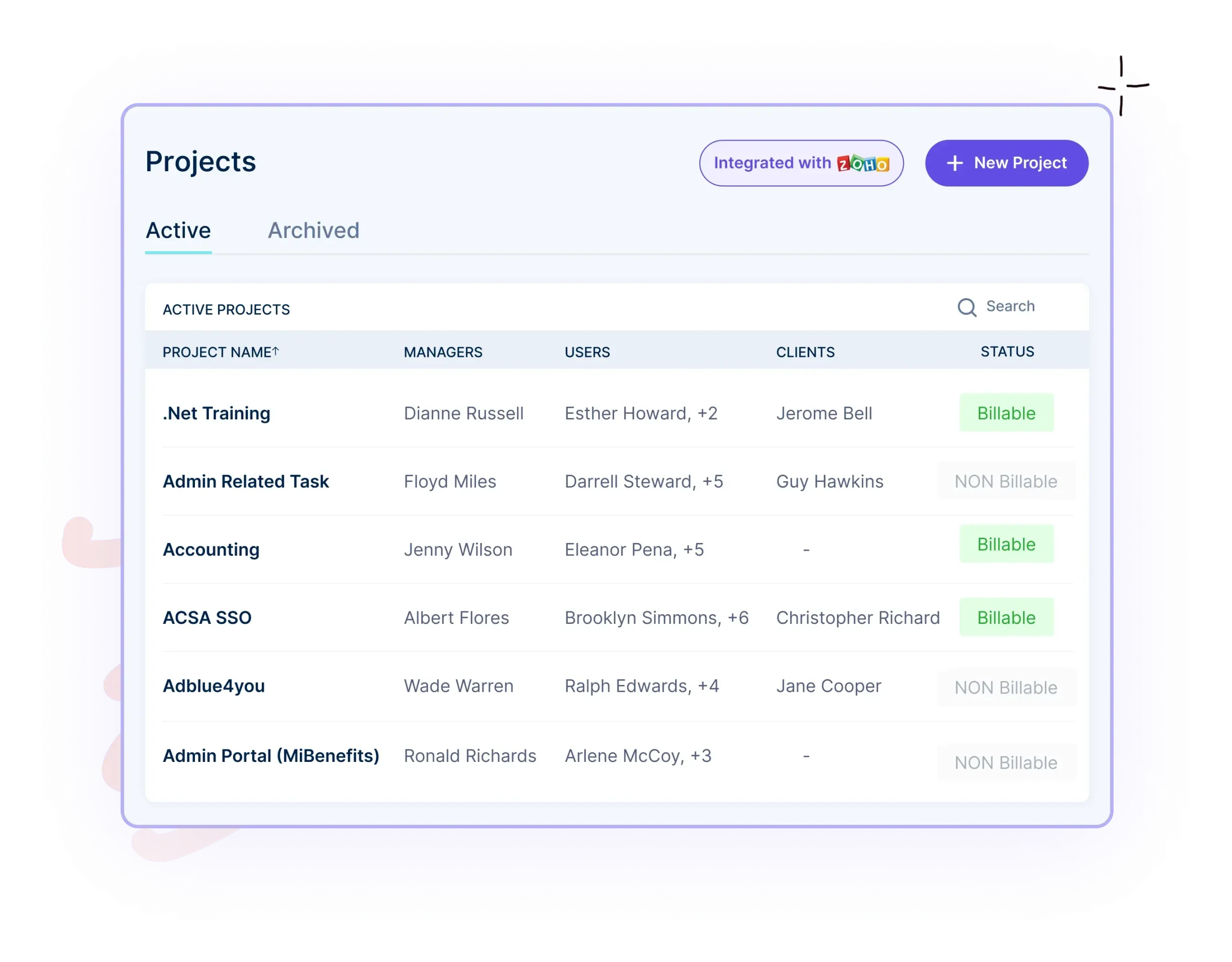
Maintaining a positive and professional approach to evaluating task completion rates helps HR managers foster a workplace that thrives on achievement and satisfaction.
- Focused Goals: By evaluating completion rates, HR managers can ensure that employees work on meaningful tasks, contributing to their sense of accomplishment.
- Visible Progress: Tracking project progress doesn’t just benefit project outcomes; it also enhances job satisfaction. Employees are satisfied seeing their efforts lead to tangible results.
- Celebrating Milestones: Evaluating task completion rates & project progress isn’t just about metrics but celebrating milestones. Acknowledging accomplishments fuels a sense of pride and purpose, driving higher job satisfaction.
Illuminating Job Satisfaction Through Reports
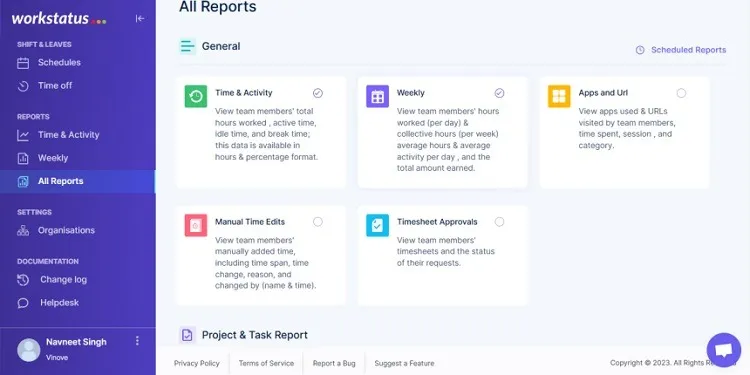 By analyzing data and metrics, HR managers can identify issues that impact employee morale and employment engagement.
By analyzing data and metrics, HR managers can identify issues that impact employee morale and employment engagement.
- Monitoring Performance Trends: With performance analytics, HR managers can gain insight into employee morale and job satisfaction over time. By monitoring trends such as:
- Performance Graph
- Productive Hours
- Key Performance Metrics
- Activity Levels
HR managers can effectively intervene or celebrate success as needed.
- Individual Growth Nurtured: By monitoring strengths and areas for improvement of employees, HR managers can guide employees toward their full potential, nurturing their satisfaction along the way.
- Continuous Development: When employees see their progress documented and monitored by HR, they’re more likely to engage in ongoing learning and growth, elevating their job satisfaction.
Remember, Workstatus isn’t just about monitoring; it’s about enabling a positive work environment.
These methods empower HR managers to understand the factors contributing to employee satisfaction, paving the way for proactive improvements and fostering a workplace where employees thrive.
Ways To Improve Employee Satisfaction Using Workstatus
Data-Driven Decisions:
Harness the power of Workstatus’s insights to make informed HR decisions. Utilize real-time data to:
- Identify patterns
- Optimize workloads
- Create strategies that align with employees’ strengths and preferences
Personalized Feedback and Coaching:
Tap into AI-powered reports provided by Workstatus, such as:
- Time & Activity
- Weekly Performance Report
- Apps and URL
- Timesheet Approvals
- Project & Todo
These reports offer deep insights into employee performance, enabling you to provide personalized feedback and coaching that resonate with individual needs.
Avoid Micromanagement:
Strive to foster a culture of trust and autonomy.
Workstatus’s Stealth mode lets you monitor without intrusion, allowing employees to work with the confidence that their efforts are recognized and respected.
Integrating Workstatus into your HR strategy provides the foundation for a healthier and more effective work environment.
Wrapping up
In the realm of HR, employee satisfaction reigns supreme.
This guide has illuminated the path to understanding, measuring, and nurturing contentment within your workforce.
With strategies, surveys, and insights, you can foster an environment where employees will thrive.
As you continue this journey, consider Workstatus as your ally.
It’s not just about tracking; it’s about leveraging data for personalized growth, fostering flexibility, and promoting trust.




